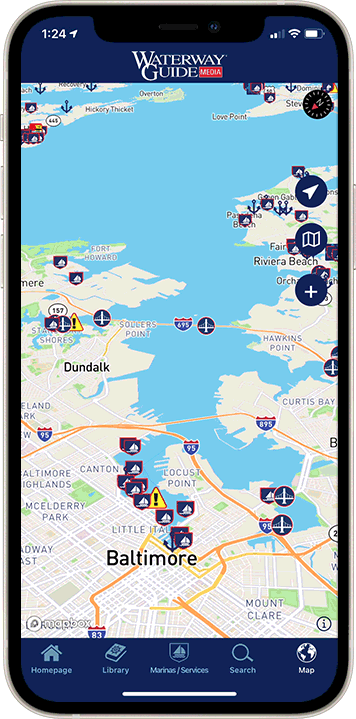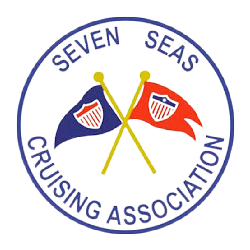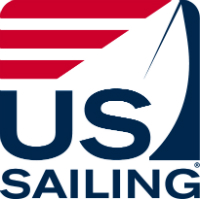Editor’s Note: As an update to an article we ran in Commodores’ Corner two weeks ago, we offer this revised version with insight offered by Waterway Guide Contributing Editor Steve D'Antonio. This column is part of a partnership between Waterway Guide Media and the US Coast Guard Auxiliary. Commodore Vincent Pica, First District, Southern Region (D1SR) United States Coast Guard Auxiliary provides our readers with his valuable insights on a regular basis.

In the past, when we have written about “Man Overboard”, and about whether you need a lifejacket or not, the main thrust was all about safety of life at sea. But there is a little-known fact that you can drown right at the marina – in the most shocking way! It is called “ESD” – Electric Shock Drowning. Most mariners are not aware that such a danger even exists other than in the most blatant way. If there were an electrical cable thrashing about from a downed power wire, well, it is pretty obvious that whether that happens at the dock or in front of your house, this is a major danger. If it happens to knock you off the dock as it paralyzes you, you’re going to drown. But how about a charge as low 10 milliamps (.010 A)?
Source of Stray (leakage) Currents at the Dock
The primary source of dangerous AC leakage current is shore power, originating on the dock or vessels plugged into it. At the dockside power source, if there is a non-functioning grounding system or an improper grounding of the neutral-white power conductor or just unapproved wiring near the water, there can easily be a charge snaking through the waters of the marina. Although these are all violations of the National Fire Protection Association’s PFPA 303 Fire Protection Standard for Marinas and Boatyards, it will be cold comfort for you if you reach into the water to retrieve your cap and your muscular system is shocked into paralysis. The amount of electricity entering the body can be so small that often the post-mortem doesn’t catch that stray current was the cause of death. “Poor Charlie fell off the dock when he caught his foot on a cleat. He must have been dead when he hit the water because he never even tried to get back on the dock!”
The most unnerving aspect is that if muscles are exposed to charged water, they can become paralyzed, making it impossible to swim or even breathe. Drowning happens just that much faster since obviously, you can’t do anything to aid yourself.
What Can I Do About It? First, stay out of the water in a marina. Never, ever, go into the waters of a marina, never swim around docks or boats that are connected to shore power. Be a “butt-in-sky” and warn others not to do so as well.
Secondly, check with your dockmaster to be sure that the marina itself is wired to ABYC and NFPA standards. A more sophisticated marina may have an inductive amp-clamp on hand. In the hands of someone who has been trained in its use, this can be used to identify potentially dangerous shore power leakage. Ask him to check vessel shore power periodically. No danger at the time of the test doesn’t mean no danger – it just means there’s no danger then and there. Again, never, ever, go into marina water. But if it does indicate leakage, the dockmaster can immediately address the issue by shutting down power to that vessel or a dock if the latter is the source. As you can see from the diagram below, testing will need to be conducted at every vessel as these charges are not very powerful – just powerful enough to paralyze you. More sophisticated tests of the actual field within the water can also be carried out by trained professionals, but few of those are equipped for this type of testing.

You might even convince the dock master to stage an “Electrical Safety Day” at the marina. Inducing (pun intended) boat owners to have their boats checked for ABYC Standards is a good thing, even if the boat’s electrical system itself is not contributing to ESD risk.
He’ll thank you for it – as will everyone at the marina.
Also, I’d like to thank Steve D’Antonio of Steve D’Antonio Marine Consulting, Inc in Ashland, VA, for his indispensable help in getting some of the physics of this silent killer just right.
BTW, if you are interested in being part of USCG Forces, email me at JoinUSCGAux@aol.com or go directly to the D1SR Human Resources Department, which is in charge of new members matters, at DSO-HR and we will help you “get in this thing . . .












